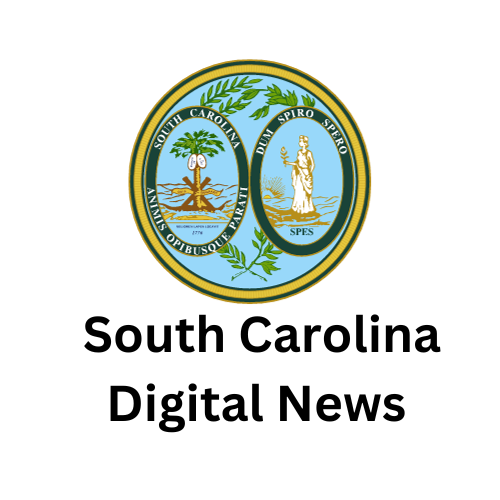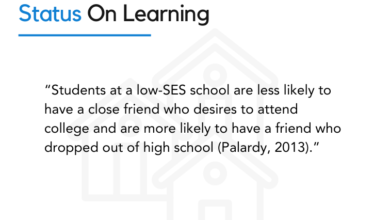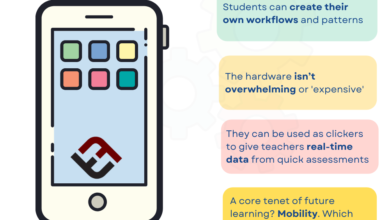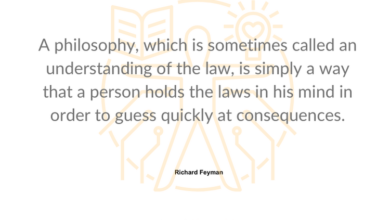
[ad_1]
contributed by Dr. Zak Cohen
In 2009, President Obama spoke to a group of students at Wakefield High School in Arlington, Virginia.
As someone who had readily and unabashedly admitted to his mistakes as a youth and how these missteps informed the adult he had become, he humbly but stridently impressed upon his audience the importance of learning from one’s mistakes. “You can’t let your failures define you—you have to let them teach you” (Obama, 2009). Anyone listening to this speech would invariably nod along to President Obama’s rhetoric.
However, these knowing nods mask the long, complex relationship mistake-making has with education in the United States.
Stemming from research conducted in the 1920s, mistakes have largely been seen as problems that should be eradicated in our classrooms. In 1922, the associationist theory of mathematics began to cultivate the belief that errors result from a lack of drill and mastery of number facts (Thorndike & Woodyard, 1922).
What The Research Says About Learning From Mistakes
These findings were further entrenched in the collective psyche of American educators in the 1960s when Terrace (1966) showed that “pigeons could be taught to discriminatively peck a red circle as opposed to a green circle by being reinforced in such a way that they never pecked the green circle, that is, the pigeons performed in an errorless manner” (Terrace, 2001, p. 9). This finding, whether correctly interpreted or not, pushed education towards an errorless model of teaching—the thinking being that if a bird can learn to eliminate mistakes, so too can a child.
Later in the decade, Ausubel (1968) codified this emerging interpretation by warning of the dangers mistakes present to the learning process, suggesting that “allowing [students] to make errors encourages them to practice incorrect and inefficient approaches that will cause trouble because they are difficult to overwrite later with correct approaches” (Ausubel, 1968, p. 25). To some extent, there is a logic to this idea that committing errors will strengthen and entrench the neural pathways responsible for this erroneous thinking; however, current research has concluded just the opposite.
See also Ways To Help Students Learn From Their Mistakes
The importance of learning from mistakes is echoed widely across the literature and across the globe. Studies from the Philippines, Germany, and Hong Kong conclude that there is a strong correlation between mistake-making and learning, with one study from the United States of America even arguing that “an unwarranted reluctance to engage with errors has held back American education” (DeBrincat, 2015; Metcalfe, 2017; Quieng et al., 2015; Song, 2018).
Contemporary research argues that “. . . making errors can greatly facilitate new learning . . . enhance the generation of correct responses, facilitate active learning, [and] stimulate the learner to direct attention appropriately . . .” (Metcalfe, 2017, p. 472). In fact, though it is perhaps not intuitive, Richland et al. (2009) found that error generation is positively correlated to enhanced memory.
Errors occur at the edge of knowledge and experience; thus, errors must be accepted not just as a byproduct of learning. Mistakes aren’t merely instructive; they are the keyhole that offers an honest glimpse into the unique nature of a protean mechanism like learning (Lewis, 2017). In fact, humans are already predisposed to learning from their mistakes.
The Neuroscience Of Making Mistakes
When a person commits an error, subsequent action is delayed by a phenomenon known as post-error slowing (PES). PES refers to the tendency of individuals to slow down on a current trial after having committed an error on a previous trial (Rabbitt & Rodgers, 1977). Rabbitt and Rodgers (1977) found that when engaging in an activity that has been done erroneously before successive actions are delayed, permitting participants the time to employ a corrective action.
A 2018 study by researchers at the California Institute of Technology discovered that mistakes set off an almost instantaneous chain reaction of productive brain activity. Researchers found that before one is even cognizant of their error, one set of neurons—dubbed “error neurons”—begin to fire (Fu et al., 2019). In rapid succession, “the brain of a person making an error lights up with the kind of activity that encodes information more deeply,” helping to ensure that the same mistake is not made on a subsequent attempt (Fu et al., 2019, p. 172).
Another interesting and related brain process triggered by mistake-making concerns the release of dopamine. Dopamine is released when students answer questions correctly—and are cognizant of their correctness, either through external and internal monitoring mechanisms. Conversely, when errors occur, dopamine levels decrease, but this decrease in dopamine triggers another response, which is that the brain seeks out corrective feedback and the accommodation of new information to prevent a dopamine drop in the future, “essentially altering incorrect neural networks and increasing the likelihood of making a correct response next time” (McMillan, 2017, p. 91).
In spite of the numerous ways that the human body and brain seeks to learn from mistakes, “human beings, who are almost unique in having the ability to learn from their mistakes . . . are also remarkable for their apparent disinclination to do so” (Whitman, 2016, p. 81). This is attributable to the socio-cultural dimension that interferes with these adaptive responses from being embraced and operationalized.
Mistake-Making And Emotion
People have been socialized and, in turn, have internalized mistakes as being something to avoid (Fischer et al., 2006). It is also quite common to be afraid of making mistakes. “Teachers grade us down for errors on tests, bosses often chastise us (and worse) for taking risks, and religions may condemn us if we commit a sin or take the wrong path” (Tugend & London, 2011, p. 180). The aversion people have towards mistake-making is evidenced by the fact that people, on the whole, prefer less optimal learning outcomes so long as it allows them to avoid making a mistake.
Huelser (2014) sought to make study participants aware of the “utility of learning by making errors,” but found that even when participants ‘attention was drawn to the enhanced retention resulting from employing study techniques that required error generation, participants’ under-confidence in their ability to learn from their mistakes persisted (Huelser, 2014, p. 27).
Relatedly, a 2017 study found that even when study participants’ attention was drawn to the benefits of errorful generation on information retrieval from memory, study participants continued to prioritize less effective study strategies that did not involve mistake-making (Yang et al., 2017). This adverse response to mistake-making would seem to suggest that people would prefer not to dip their toes in the murky waters of effortful learning, even if error generation actually improves learning outcomes.
A 2019 study sought to understand why by explicating medical students’ feelings about mistakes. The study found that medical students reported powerful emotional reactions when they were asked to just visualize committing errors. These medical students used such words as ‘scared,’ ‘guilty,’ ’embarrassed,’ ‘fearful,’ and ‘frightening’ to describe the visualization exercise (Fischer et al., 2006, p. 420). The distress that these students verbalized is not unique to them.
In fact, a fear of mistakes is prevalent enough to warrant its own diagnosis in the medical nomenclature: atychiphobia. Even if this fear is a specter without a shape, it is still very real. The fear of failure is deep-seated. Researchers know that when students with math anxiety encounter numbers, for example, “a fear center in the brain is activated—the same fear center that lights up when people see snakes or spiders” (Boaler, 2019, p. 122). The trouble is that this fear is not just holding students back in the present but preventing them from actively realizing their future.
Mistake-Literacy In The Classroom
For students to be prepared to navigate the uncharted future, students will need to possess the willingness to make mistakes and the ability to learn from them (Scharmer, 2016). A learning process steeped in mistake-making most nearly models “the messy, exciting, frustrating process in which discoveries are made and innovation occurs” (Eggleton & Moldavan, 2001, p. 43). Whether it is transitioning to a new career or acclimating to the breakneck pace of technological advances, the issue is not whether mistakes will be made, but whether mistakes can serve as instruments to enable learning.
So, how can we, as educators, create the conditions for our students to develop the toolkit they need to reliably convert their mistakes into lessons? Well, this is where Mistake Literacy comes in.
Schools are complex, human-centered organizations that are influenced by a multitude of factors including environmental, personal, and behavioral elements that shape learning. While many individuals inherently understand the value of learning from mistakes, the environment and expectations in educational settings often promote a contrary approach, discouraging their acknowledgment and exploration.
Research indicates, however, that there are actionable strategies within the classroom that can mitigate these adverse effects, fostering an environment where mistakes are not feared but seen as opportunities for growth. This is where Mistake Literacy comes into play.
Mistake Literacy offers a framework that empowers teachers and students to embrace errors as a critical part of the learning process. By implementing the strategies and dispositions outlined in Mistake Literacy, educators can create the optimal conditions for students to recognize, react to, and repair their mistakes.
Mistake Literacy aims to demystify the process of learning from errors, making it clear and accessible. This approach not only promotes a healthier attitude towards learning but also lays the groundwork for future educational endeavors. Through Mistake Literacy, the path to learning becomes intertwined with the acceptance and examination of one’s errors, transforming mistakes into mastery.
Source link




